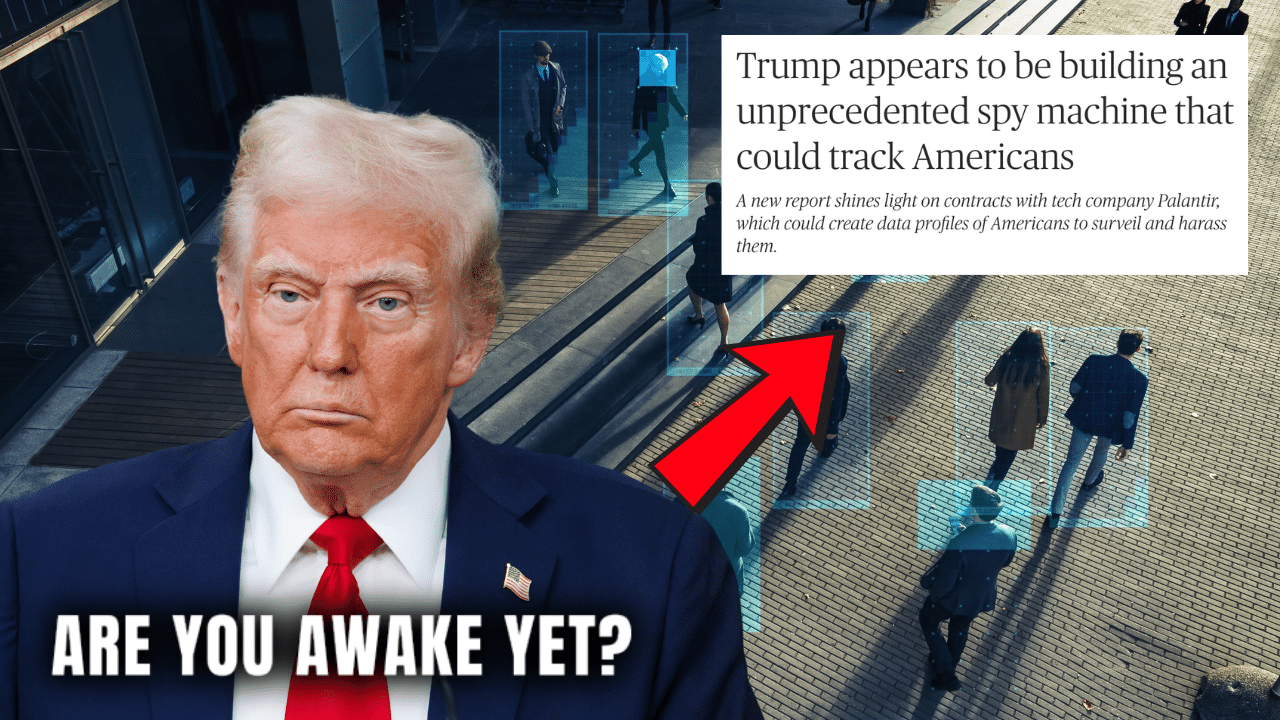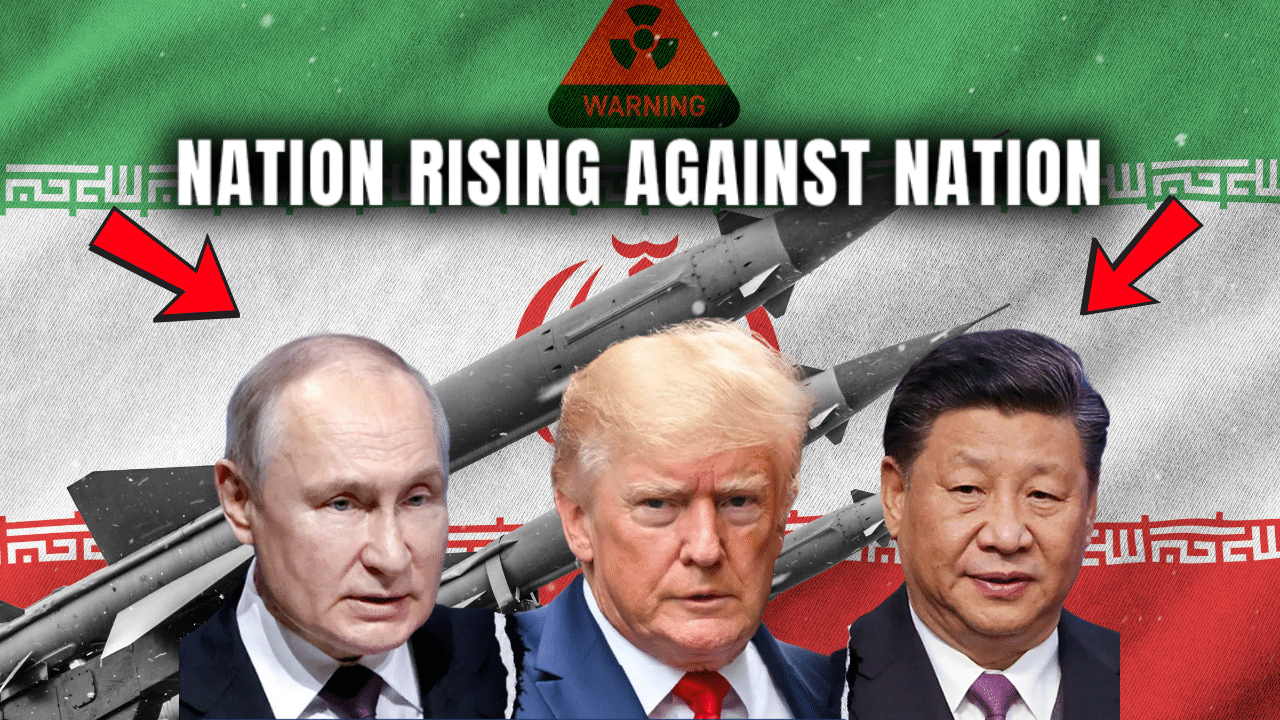Financial markets were rocked as Dow futures plummeted over 1,200 points, driven by mounting concerns over President Donald Trump’s proposed tariff policies.
The sharp decline, which also saw S&P 500 futures drop by 3.5%, reflects widespread anxiety that these tariffs could trigger a global trade war, threatening economic stability both in the United States and abroad.
CNBC reported that Dow futures tumbled more than 950 points in initial trading, with the figure climbing to 1,000 points as fears intensified throughout the day.
The outlet noted that investors are bracing for a significant shift in U.S. trade policy, with Trump’s administration signaling aggressive tariffs aimed at countries like China and the European Union.
“The market is pricing in the risks of a global trade war,” CNBC quoted one analyst as saying, emphasizing that such measures could disrupt supply chains and increase costs for American consumers and businesses.
Reuters echoed this sentiment, detailing a drop of 1,100 points in Dow futures and linking the decline directly to Trump’s tariff rhetoric.
The news service pointed out that the proposed tariffs, which could impose steep levies on imported goods, have sparked alarm among international trading partners.
“Global markets are on edge,” Reuters reported, citing economists who warn that retaliatory measures from other nations could escalate tensions into a full-blown trade conflict.
The article also highlighted a sell-off in tech stocks, a sector particularly vulnerable to supply chain disruptions.
The New York Times provided additional context, noting that the Dow futures’ plunge of 1,200 points marked one of the steepest single-day drops in recent memory.
The paper underscored the political dimension of the market’s reaction, suggesting that Trump’s tariff plans are part of a broader strategy to fulfill campaign promises of economic nationalism.
However, it cautioned that “the immediate fallout in financial markets signals deep unease among investors about the unintended consequences of such policies.”
The Times also interviewed traders who expressed concern over the administration’s unclear timeline and implementation scope.
Bloomberg offered a slightly different angle, focusing on the ripple effects across other indices and asset classes. Alongside the Dow’s 1,200-point tumble, Nasdaq futures led the plunge with even sharper declines, reflecting tech-heavy exposure to international trade.
“Trump’s punishing tariffs are ripping through markets,” Bloomberg stated, adding that bond yields rose as investors sought safer assets amid the uncertainty.
The report also cited historical precedent, recalling the market volatility during Trump’s first term when similar tariff threats were levied against China.
CNN’s coverage emphasized the human element, noting that the market drop has real-world implications for retirement accounts and investment portfolios.
With Dow futures down 1,200 points, the network reported that “millions of Americans could see their savings take a hit if the sell-off persists.”
Analysts interviewed by CNN suggested that the tariffs, while intended to protect domestic industries, might instead lead to higher prices and job losses in sectors reliant on global trade—a scenario they dubbed a potential “Trump Recession.”
The Wall Street Journal rounded out the coverage by delving into the strategic calculus behind the tariffs.
It reported that the administration views the policy as a bargaining chip to force concessions from trading partners, though the immediate market reaction—Dow futures dropping 1,200 points—suggests a miscalculation of investor confidence.
The Journal also noted that some market participants see opportunity in the chaos, with cash-rich investors preparing to buy into the dip, though it warned that prolonged uncertainty could deter such moves.
As of early April 3, 2025, the situation remains fluid, with markets awaiting further details on the tariff proposals.
What is clear from these reports is that Trump’s trade agenda has reignited fears of economic disruption, sending shockwaves through Wall Street and beyond. Whether this marks the beginning of a sustained downturn or a temporary overreaction will depend on the administration’s next steps—and the world’s response.










